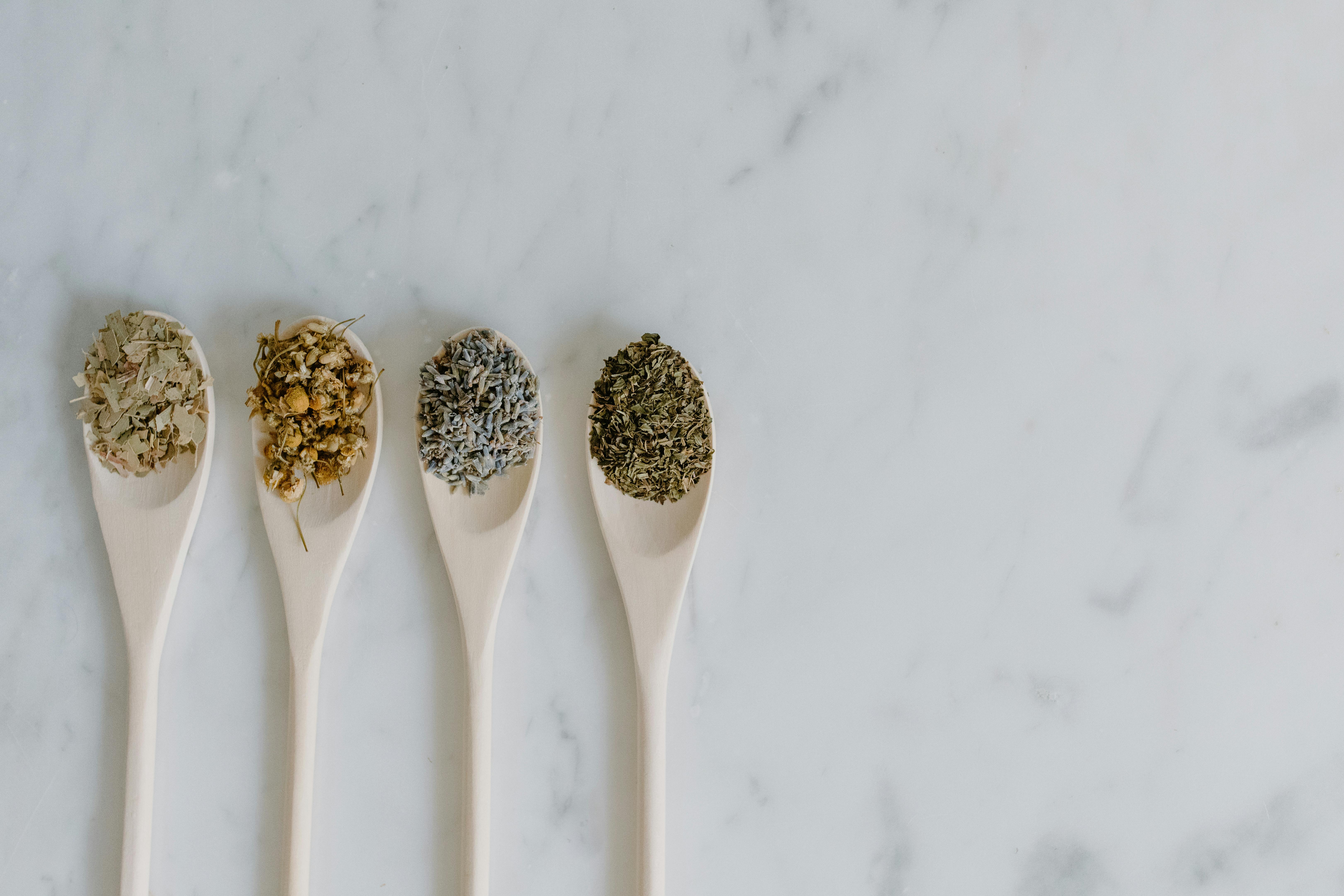
Substitutes or artificial sweeteners for sugar
One way to avoid sugar-based food additives is to avoid foods that contain them, if possible. It’s a long list and includes diet sodas and other beverages, protein shakes, cereals, breakfast bars, sugar-free and frozen desserts, powdered desserts such as puddings and gelatin, candy, gum, baked goods, diet foods, toothpaste, mouthwash, chewable and liquid medications, etc. Translate etc to mean read all labels.
Acesulfame potassium, which goes by the name Sunett or Sweet One, is often mixed with other artificial sweeteners due to its unpleasant aftertaste. It can withstand high temperature baking.
Aspartame has been around since 1965 and is the preferred sweetener in the American food industry. The most common name is Equal or NutraSweet. It is 200 times sweeter than table sugar. It does not withstand high temperature cooking.
Saccharin has been around since the 19th century and is about 400 times sweeter than table sugar. It is a chemical that is more commonly known as Sweet’N Low. It is calorie-free and is known to prevent tooth decay. It was banned by Canada in 1977, but is accepted in the US It does not withstand cooking.
Sucralose is 600 times sweeter than table sugar. It is known by the name of Splenda and is a sugar with added chlorine. Its price continues to drop, so it will soon overtake NutraSweet as the leading sweetener in American foods. Sucralose is considered a safe ingredient by most countries. You can bake and fry at high temperatures. Another NutraSweet sweetener goes by the name of neotame. It is a super sweetener more than 7000 times sweeter than granulated sugar.
Xylitol and sorbitol are fruit or vegetable sugars that are produced by hydrogenation (adding hydrogen as hydrogenated oils). It is made primarily of glucose, but it has fewer calories per gram. Xylitol has been shown to prevent tooth decay.
Stevia has been used as a sweetener since the 1950s. Truvia and PureVia, developed as sweeteners by soft drink manufacturers, come from stevia leaves. These stevia derivatives were accepted by the Food and Drug Administration, which had issued conflicting opinions on the use of stevia before these new additives.
It’s hard to avoid artificial sweeteners and may be impossible in the near future, especially if you use prepackaged foods, mixes, and canned goods. Artificial sweeteners make life sweeter for people with diabetes, who must constantly monitor their blood sugar levels. But at least now you can know what some of the ingredients are on the labels. If you are a purist, you might conclude that it is worth spending time baking your own cookies from scratch to avoid additives. We all eat and drink the wrong things sometimes, whether it’s with natural or artificial sweeteners. The key is to eat and drink the right things most of the time.